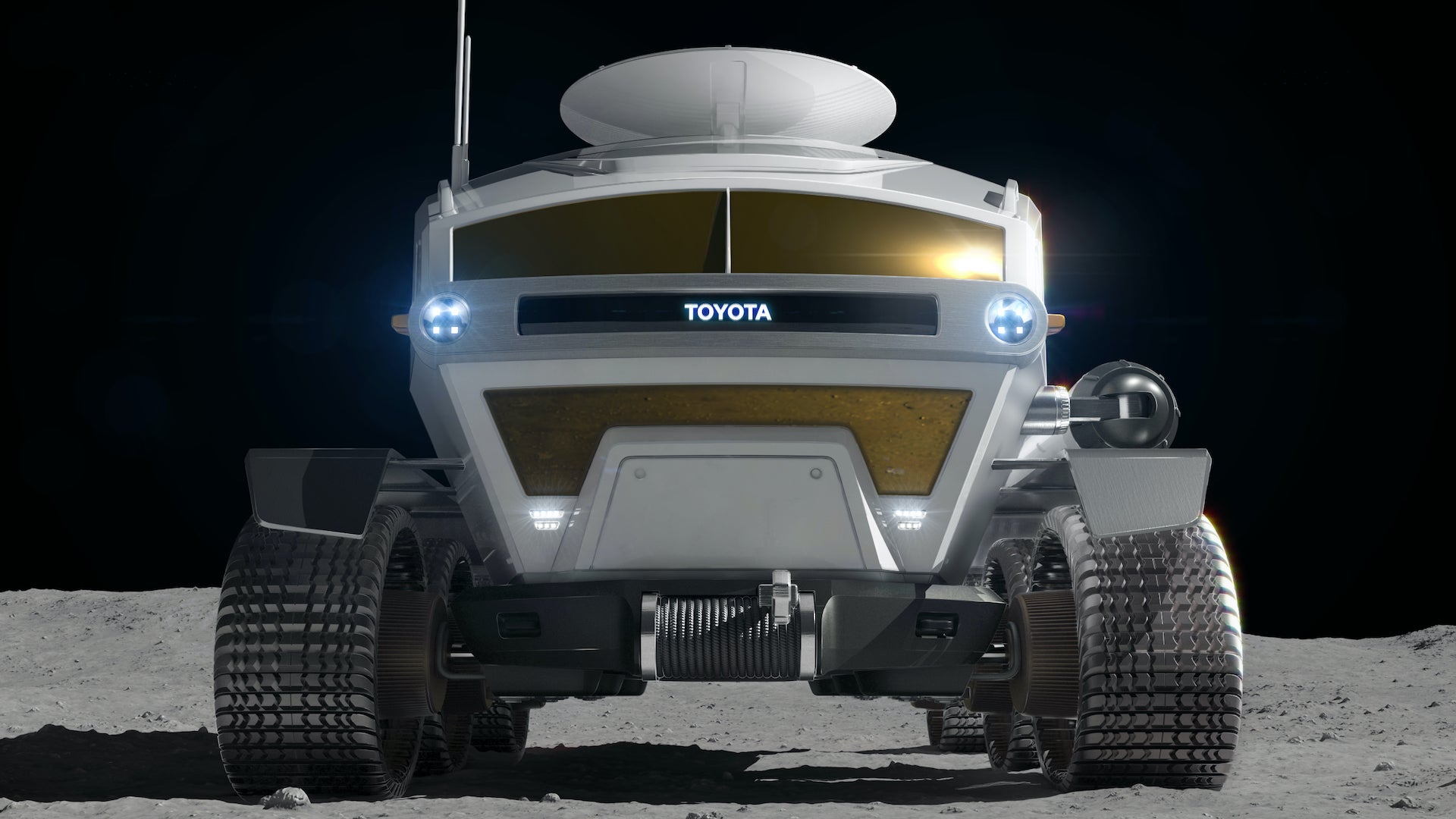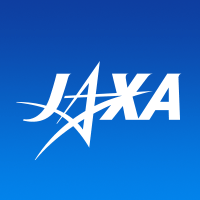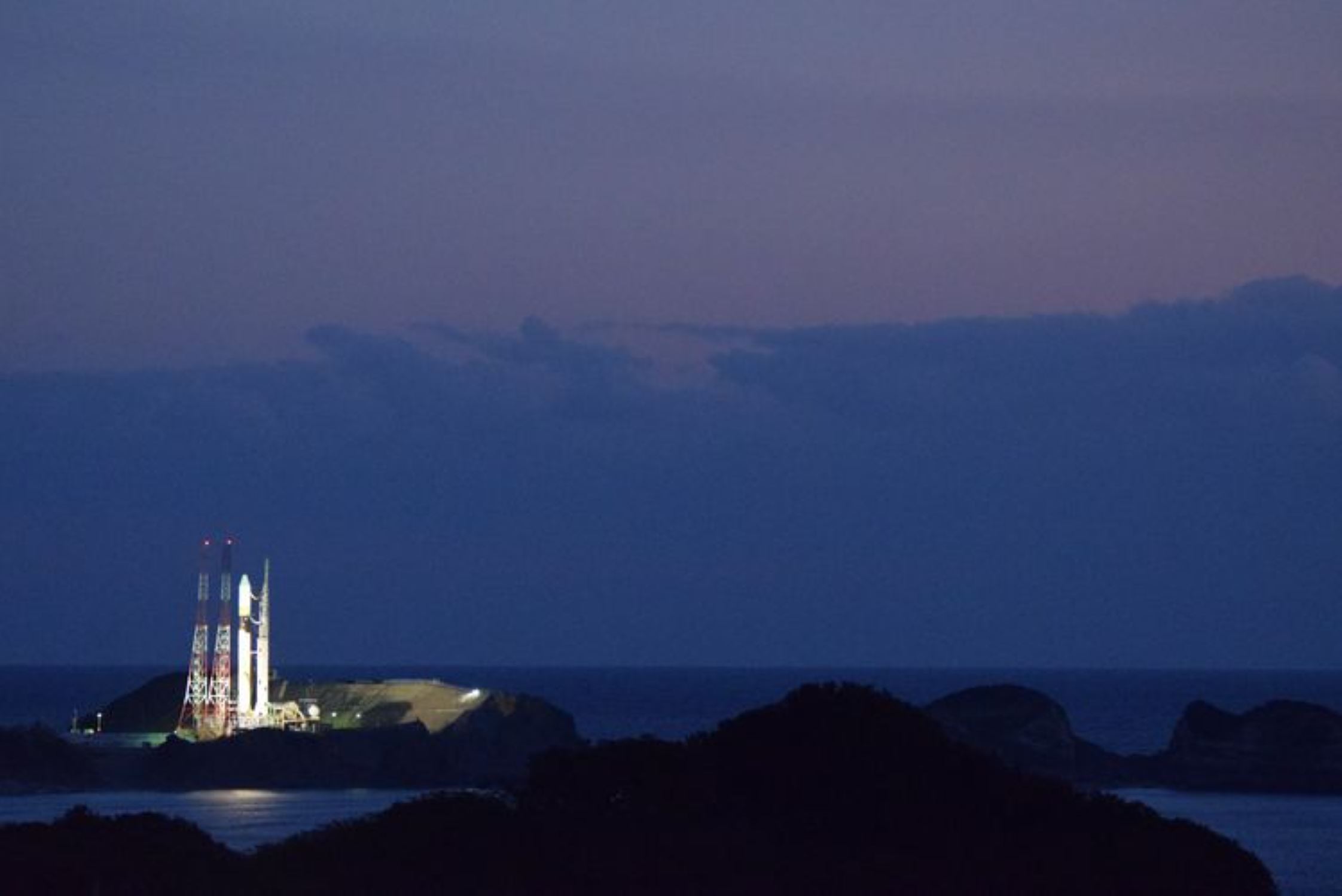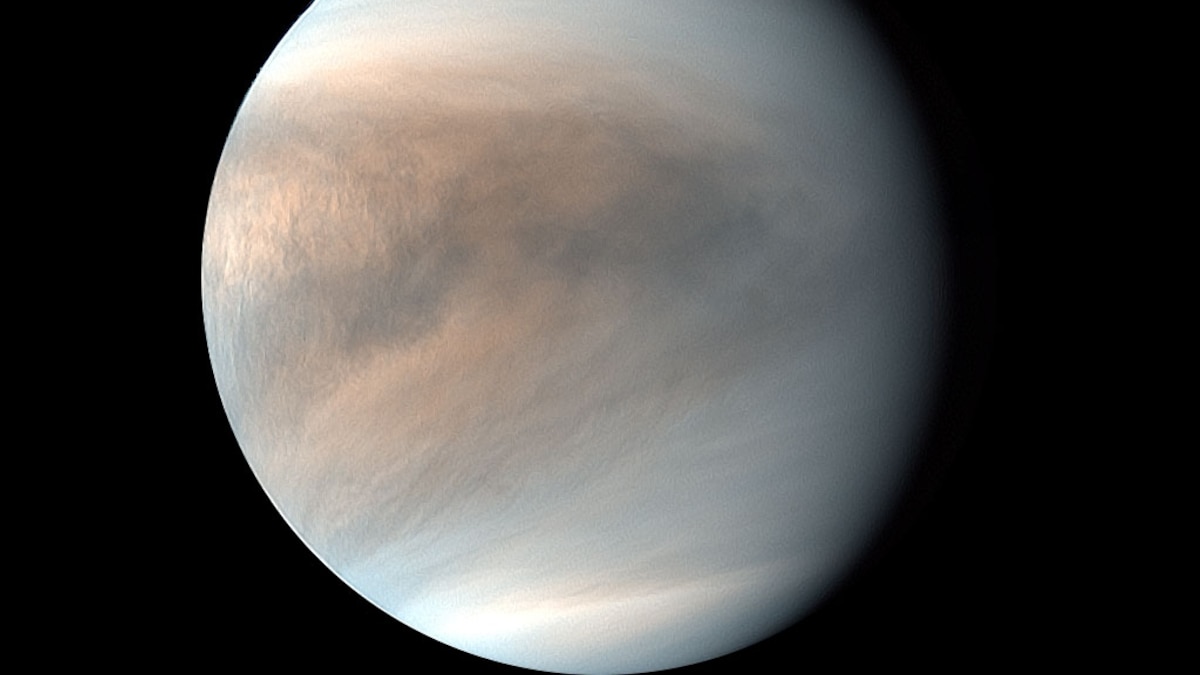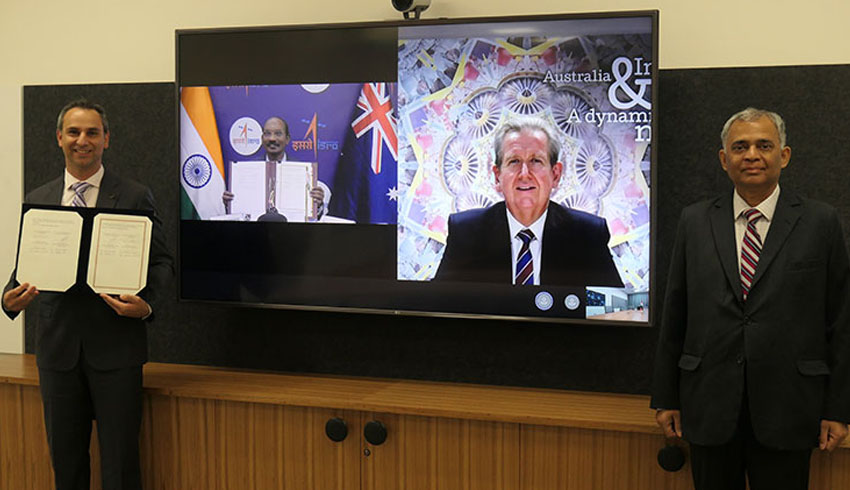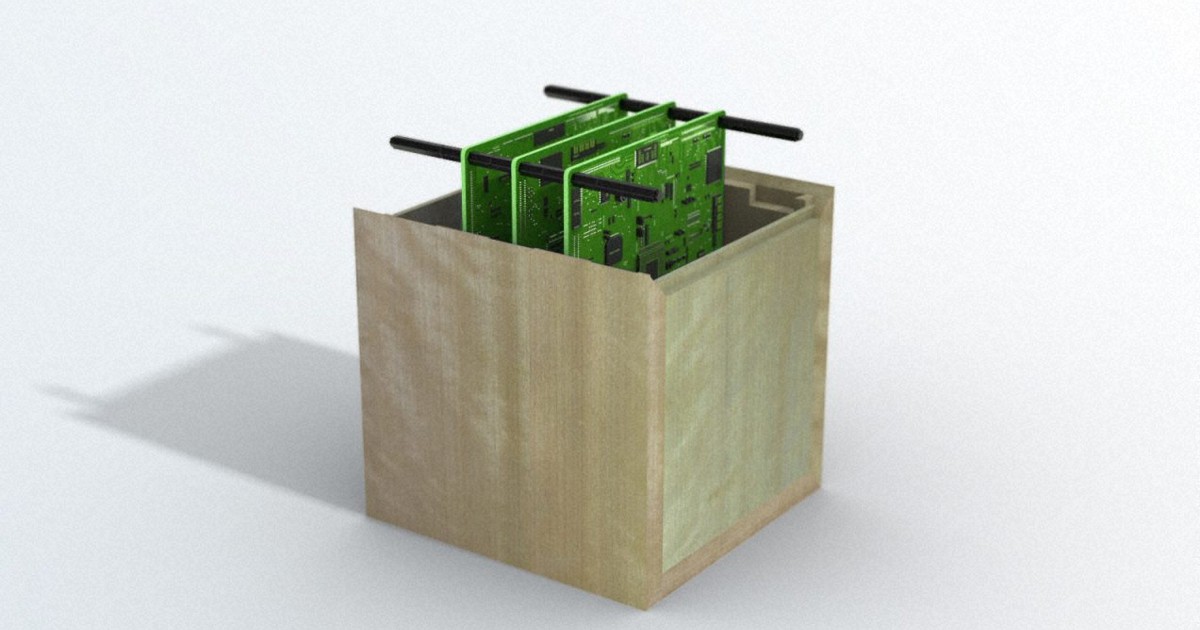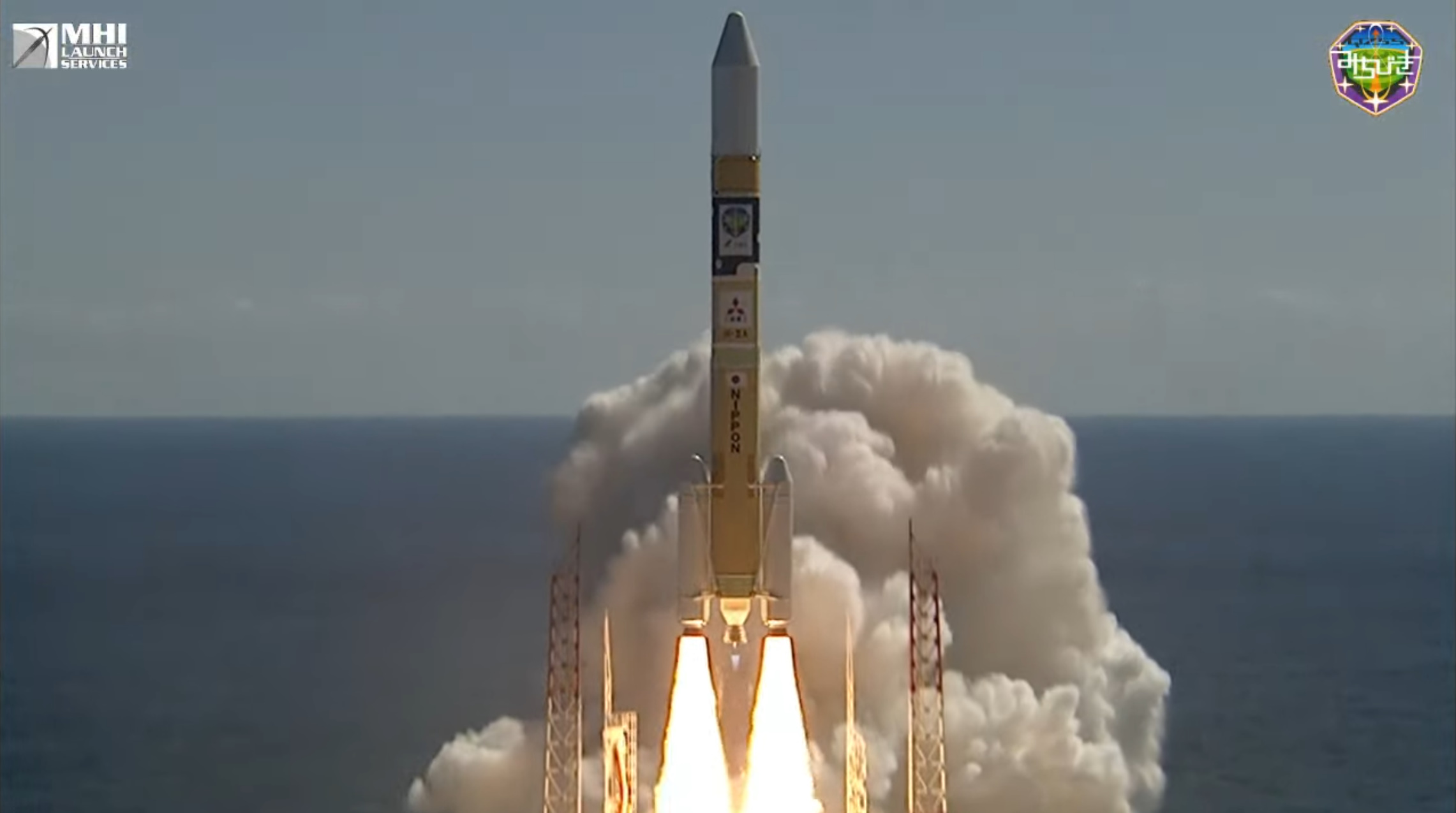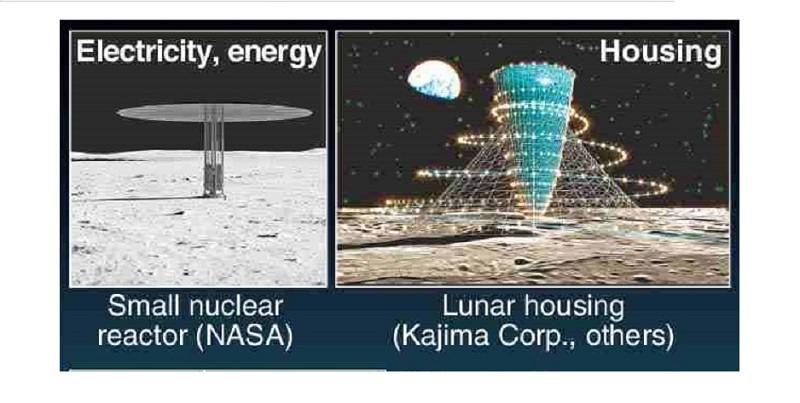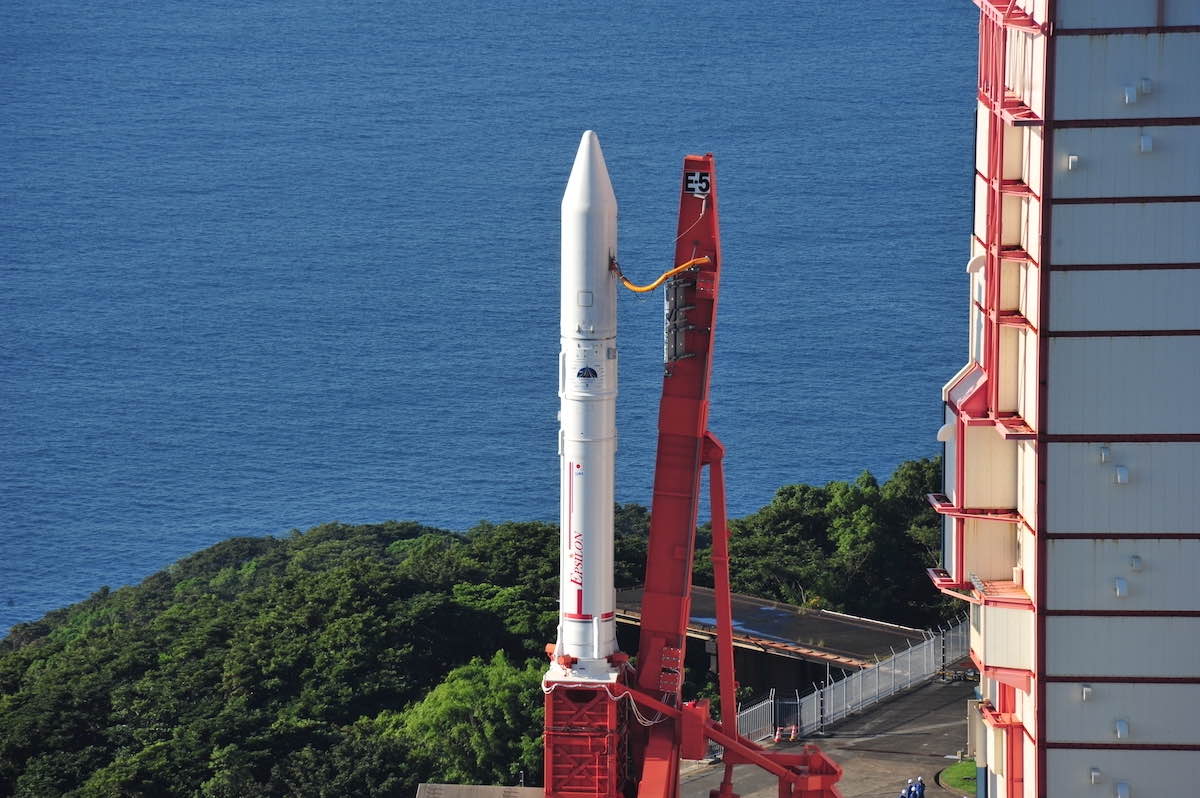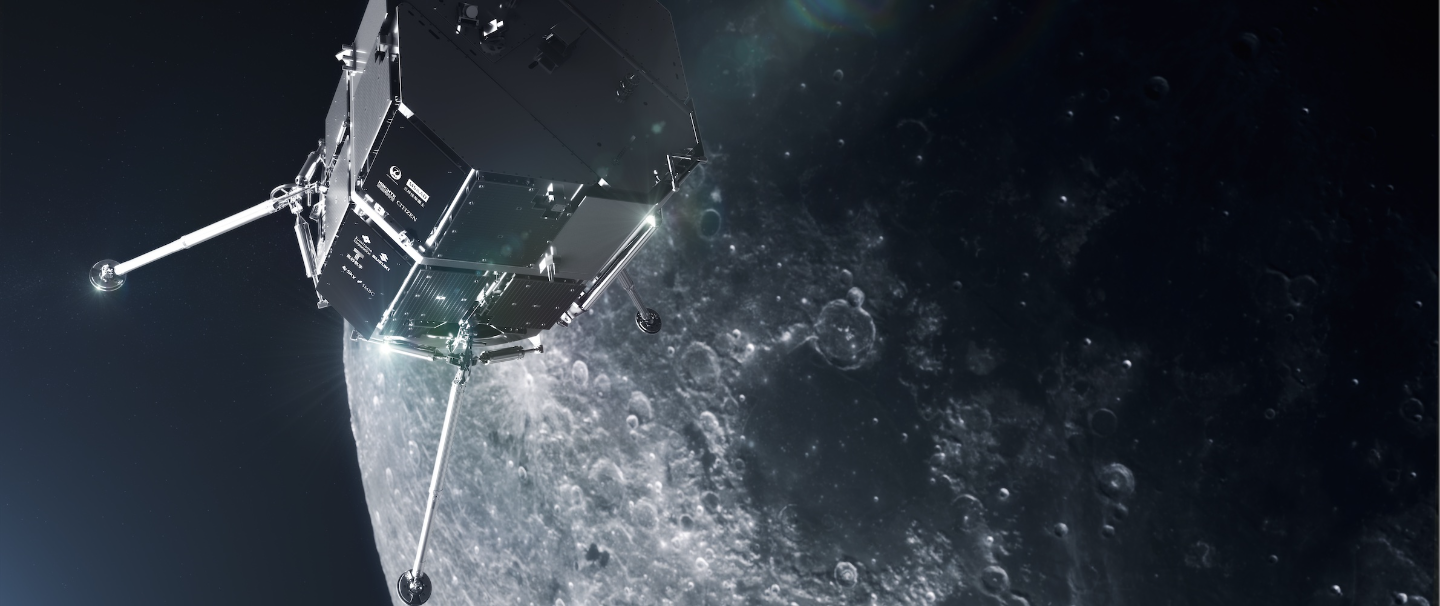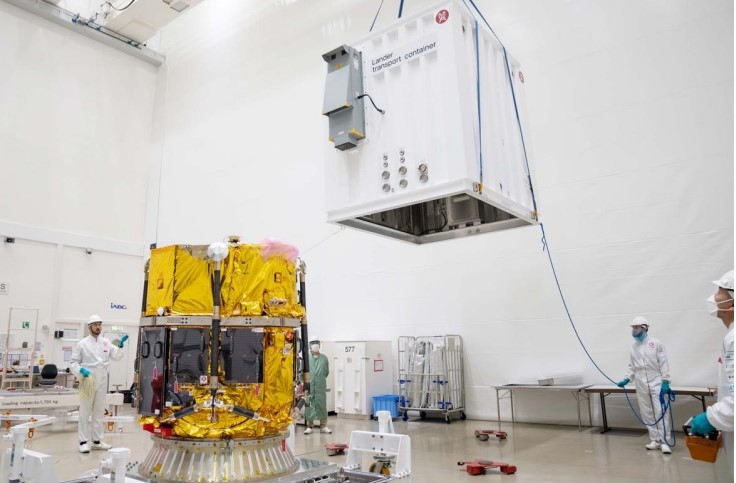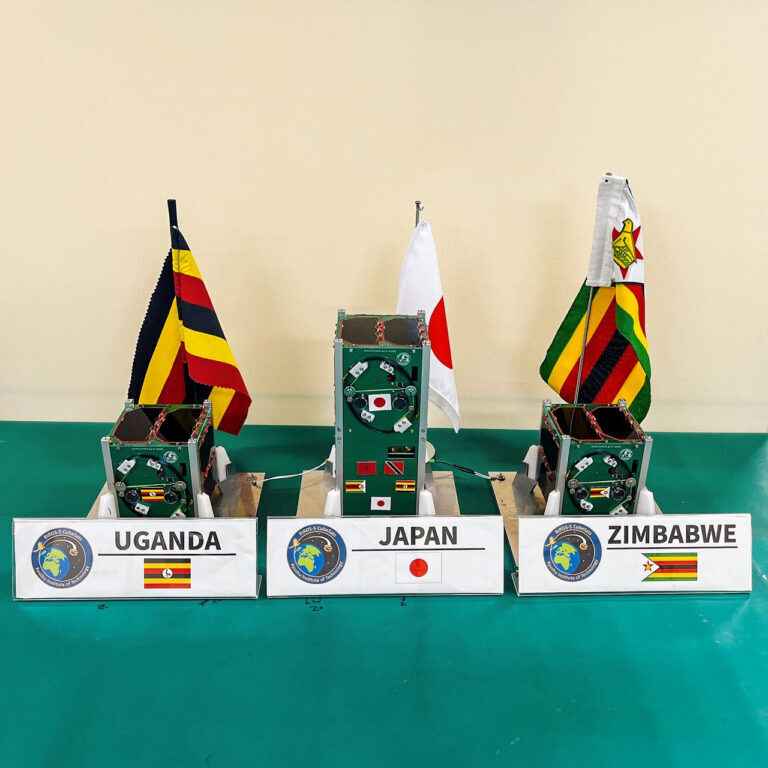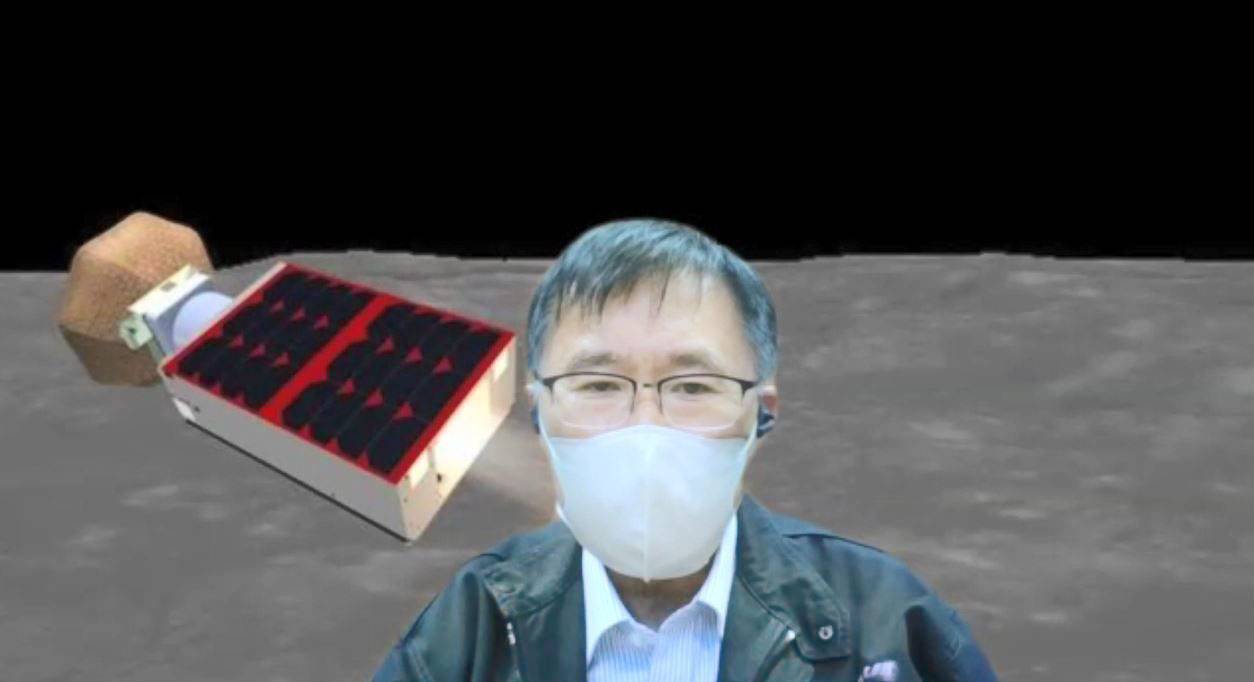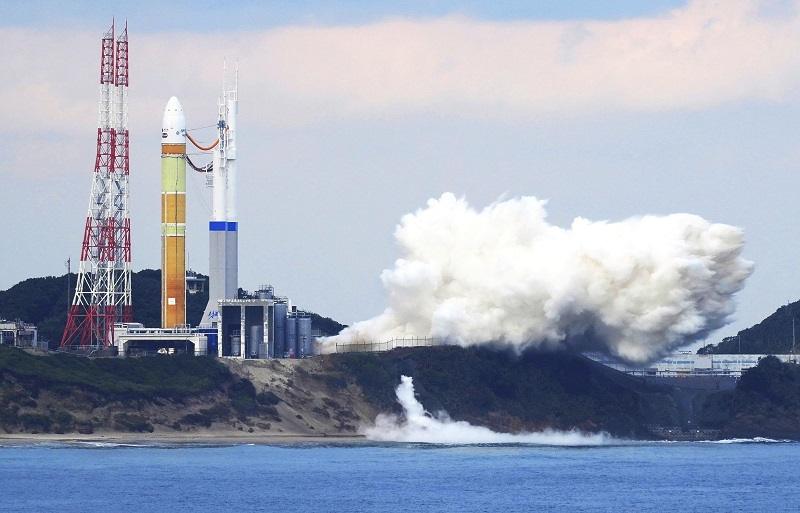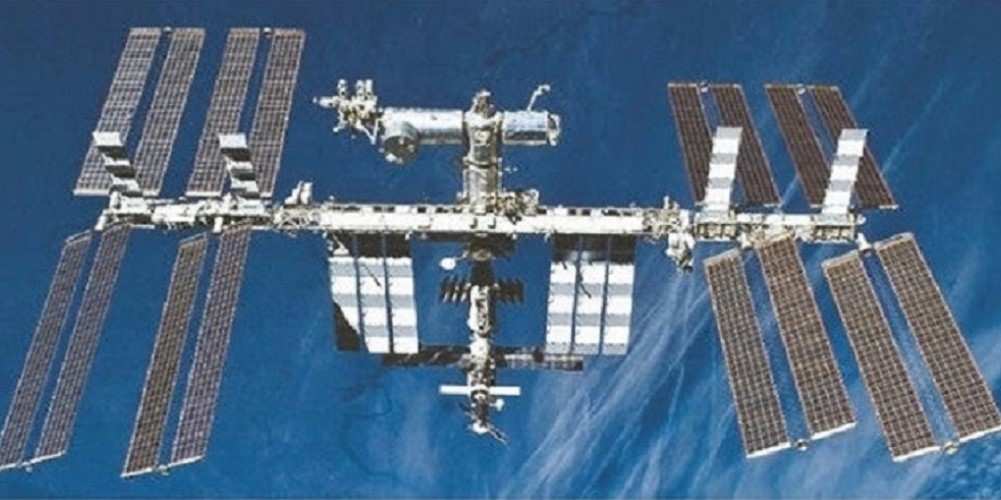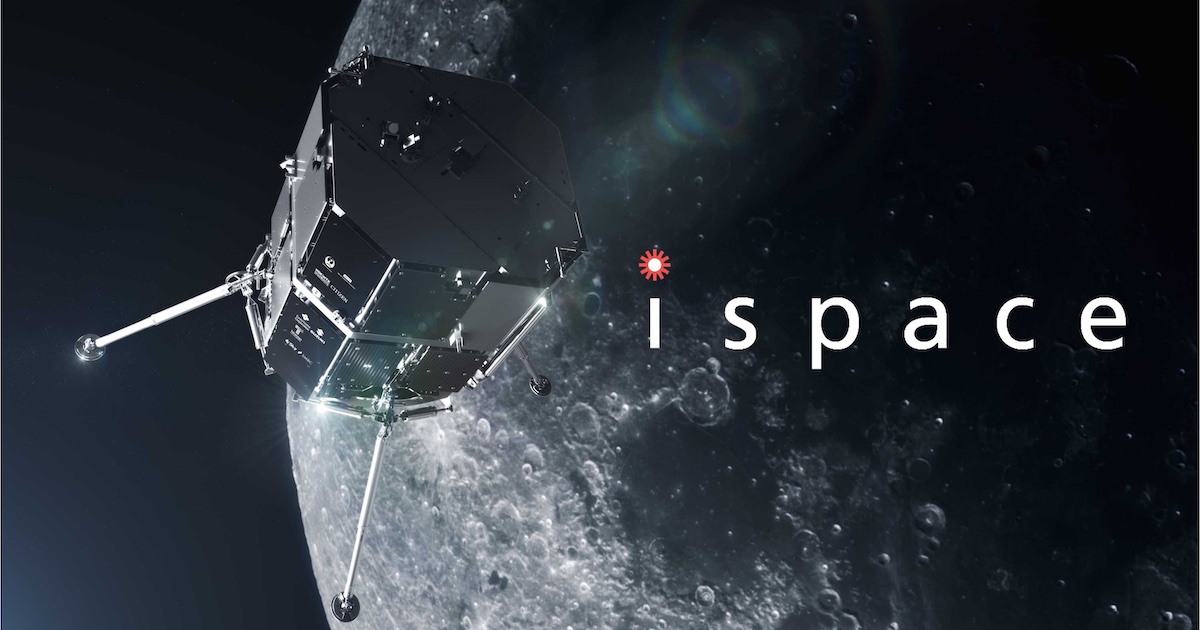Lagos, 1 November 2022. – ispace, inc., a private Japanese company developing robotic spacecraft technologies, has announced that it has delivered its Mission 1 (M1) lunar lander, part of the company’s HAKUTO-R lunar exploration program, to the United States and is now in Cape Canaveral, Florida. In addition, ispace announced an updated launch window for M1.
In careful coordination with SpaceX, both sides agreed to target no earlier than November 22, 2022, for the launch of the HAKUTO-R M1. This updated target launch date allows for the best preparation for the mission when considering the fuel-loading schedule for the lander and launch date availability. As a result, the company will announce the updated launch date as soon as they confirm it.
“This mission will be a historic first not only for our company but also for the development of the cislunar economy,” said Takeshi Hakamada, Founder and CEO of ispace. “On our first mission, we are honored to work with NASA to complete a commercial transaction of lunar regolith and carry payloads from agencies including JAXA and MBRSC along with our commercial customers and partners. I am very proud of our team for their work to make this a reality. I look forward to this launch as well as our subsequent missions in the near future.”
Following the launch, ispace will operate the M1 from the HAKUTO-R Mission Control Center (MCC) in Tokyo’s central business district, Nihonbashi. The MCC will monitor the lander’s attitude, operational state, and other conditions, send commands and data to the lander, and receive images and telemetry, among other data, during transit to the Moon and from the lunar surface.
M1 will utilize the European Space Agency (ESA) ground station network. Furthermore, it will use five of the ESTRACK network’s antennas across three continents, located in Kourou (French Guiana), New Norcia (Western Australia), Cebreros (Spain), Malargüe (Argentina), and Goonhilly (UK).
The company completed the lander’s assembly at the end of May at ArianeGroup GmbH’s (AGG) facility in Lampoldshausen, Germany. Upon completion of the flight model integration, the engineers packed and shipped the lander from the AGG facility to the IABG GmbH Space Centre in Ottobrun, Germany, where it underwent final testing, including vibration tests, thermal vacuum tests, mass property, and functional testing, among others, to prove its readiness for the harsh extremes of space.

